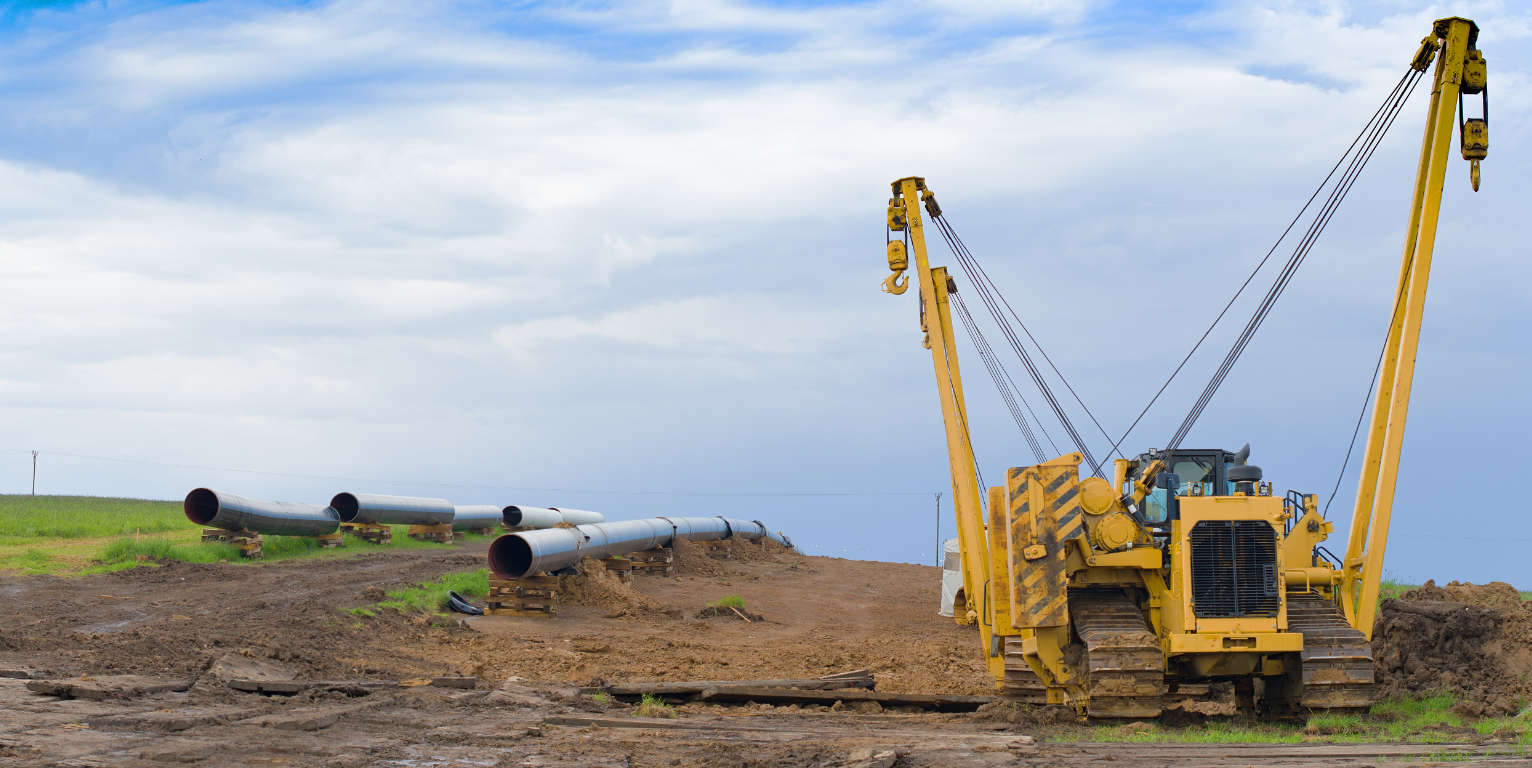Trenchless technology is a type of subsurface construction work that requires few trenches or no continuous trenches. It can be defined as “a family of methods, materials, and equipment capable of being used for the installation of new or replacement or rehabilitation of existing underground infrastructure with minimal disruption to surface traffic, business, and other activities.”
The terminological choice
Another expression used to define trenchless technology is “No-Dig technology”, one of the most common methodologies for identifying such techniques.
Actually, only a part of these systems allows you to operate without any earthmoving operation; more generally the methodologies provide for the execution of single excavations, albeit of reduced dimensions and volumes. And this is why professionals prefer to use the term trenchless technology or, alternatively, those of ‘low environmental impact technology’.
Why low environmental impact?
Several studies have shown how the use of trenchless technologies reduces socio-environmental costs by 80% and accidents on construction sites by 67%.
They allow for the laying, operation and maintenance of underground utilities networks, minimizing open excavation, thus reducing:
- material handling,
- heavy vehicle traffic,
- time and space of occupation of public land,
- the break-in of the road surface and the impact on traffic,
- interference with commercial, residential or leisure activities.
Trenchless technologies therefore offer greater safety to citizens, thanks to the elimination of the dangers associated with open excavations; and protect the workforce, due to the less severe conditions of the construction sites.
Applications
Trenchless technology therefore allows the laying of underground pipes and cables or the functional recovery of existing underground pipes. But let’s try to list the different applications in more detail:
- monitoring and control of services and/or underground networks;
- new installation of underground services (gas and fuel oil transport and distribution networks, aqueducts, sewers, telecommunications or electricity distribution networks);
- replacement or maintenance of underground conduits or ducts;
- non-destructive rehabilitation of vertical and horizontal drain pipes inside buildings and of those not in sight of swimming pools;
- environmental defense through the remediation of polluted sites and the isolation of potentially polluting sites;
- soil defense, through the stabilization of landslide slopes, localized consolidation of the subsoil;
- defense and safeguard of potentially archaeological areas;
- construction of ventilation tunnels for underground works (tunnels, plants).
Classification
The fields of use, as you can guess, are numerous, but they can be divided into five groups, based on their characteristics:
- fact-finding investigations,
- guided horizontal perforations,
- unguided horizontal perforations,
- associated technologies,
- reuse and exploitation of existing infrastructure.
In summary, trenchless technology represents technological innovation for various sectors, in particular that of construction. And they are characterized by all-round sustainability, which rewards the economy, the environment and the quality of life.
Sources: iatt.it, wikipedia


